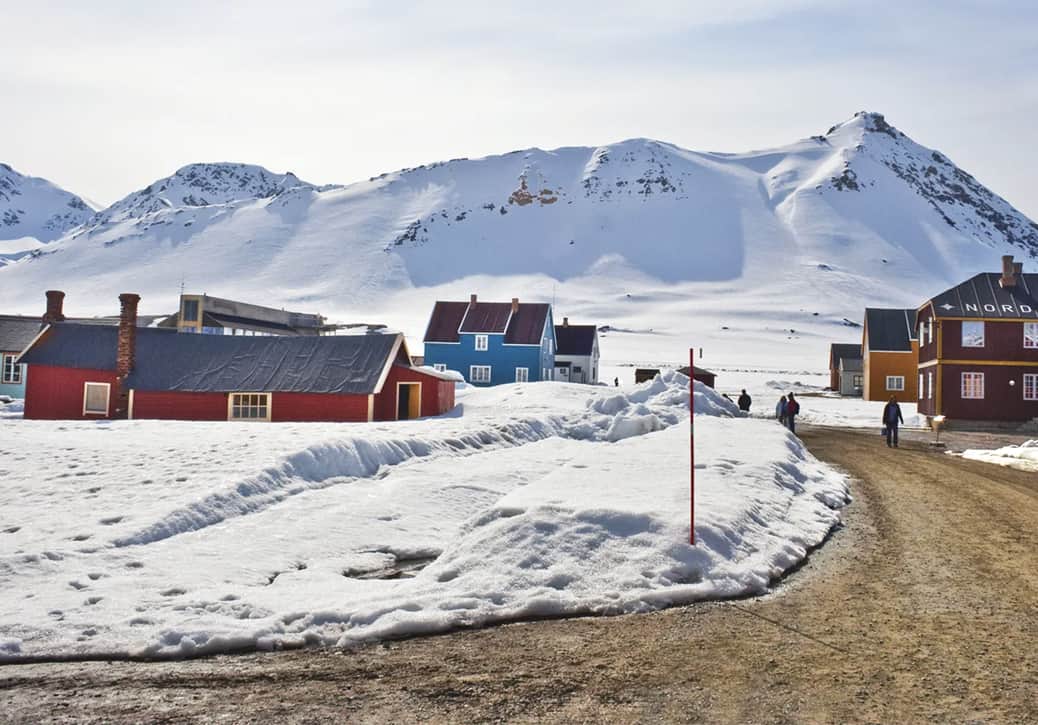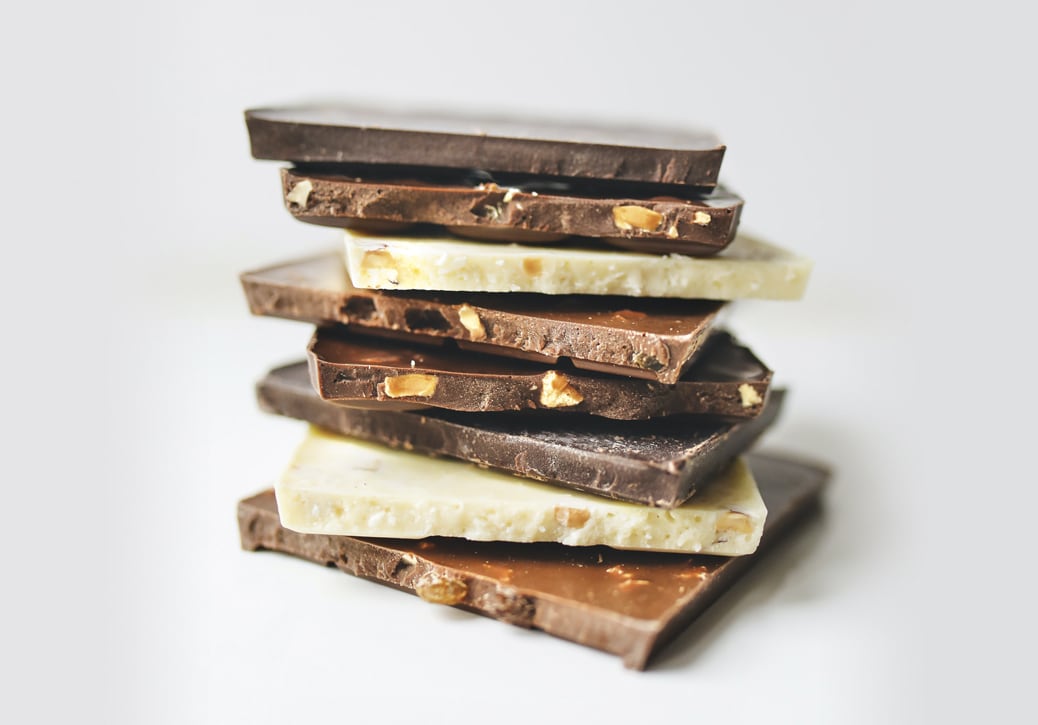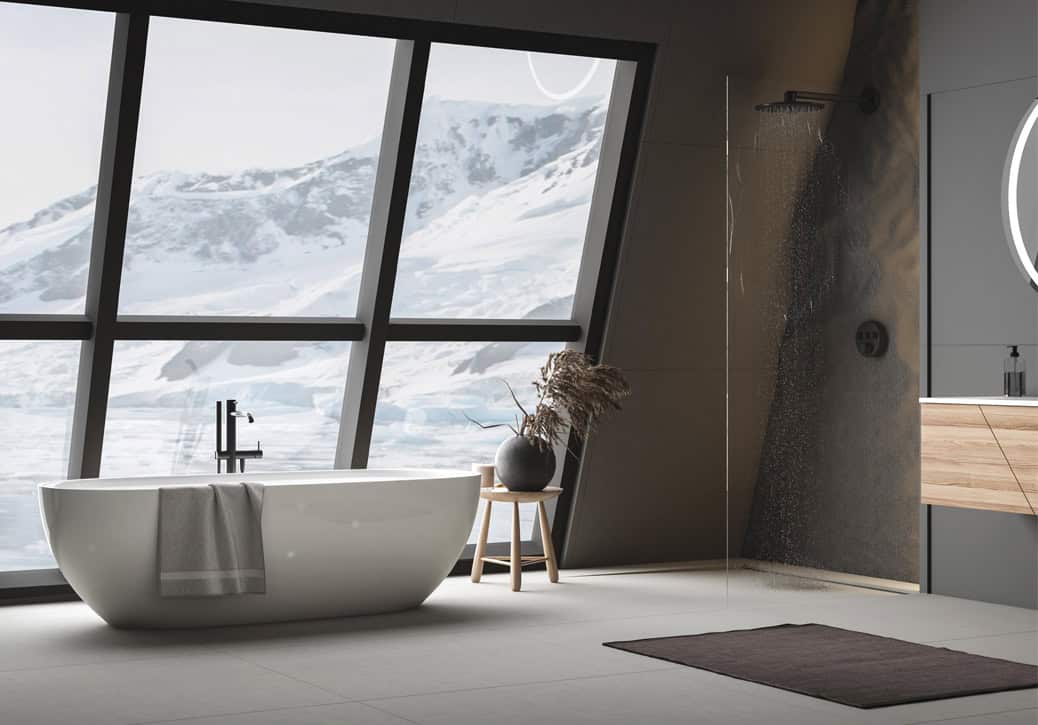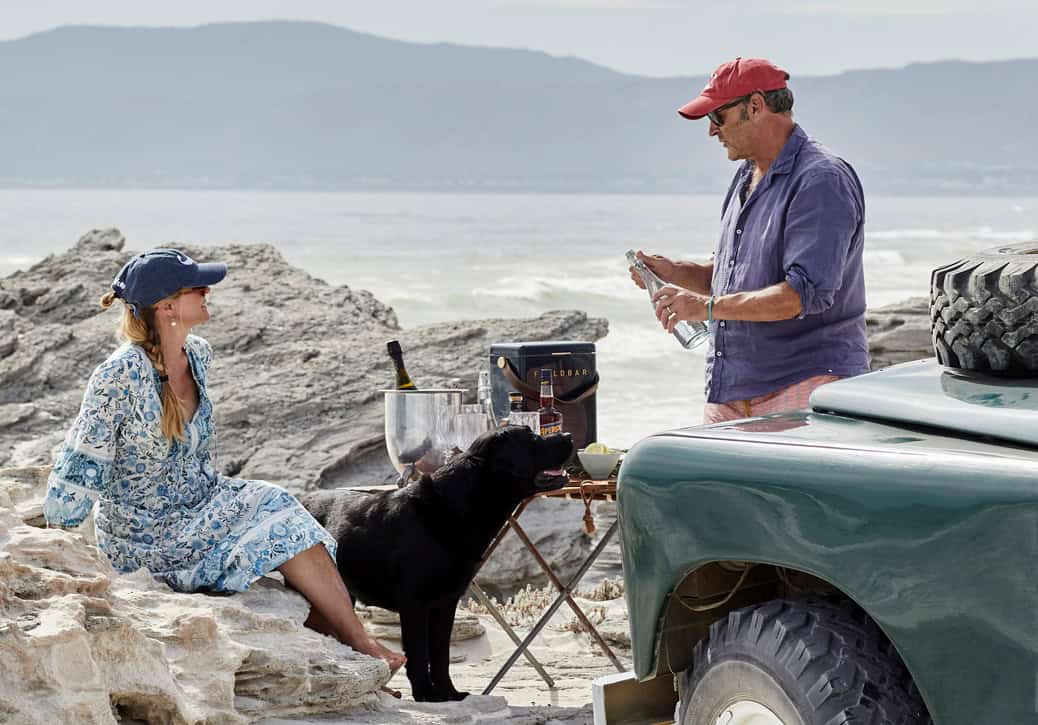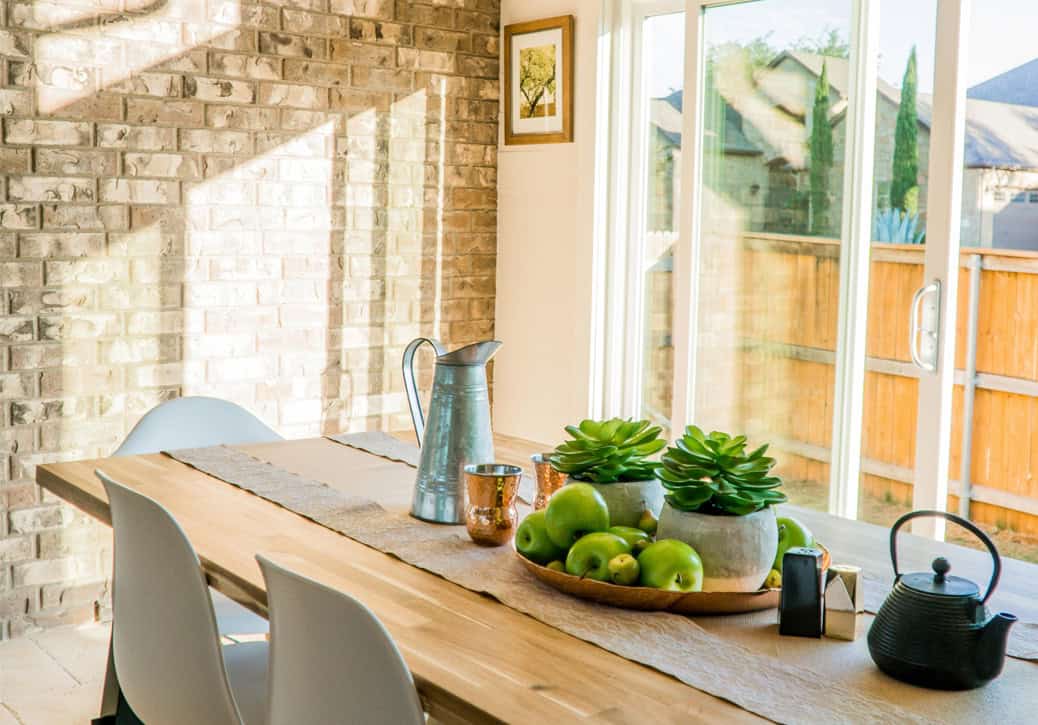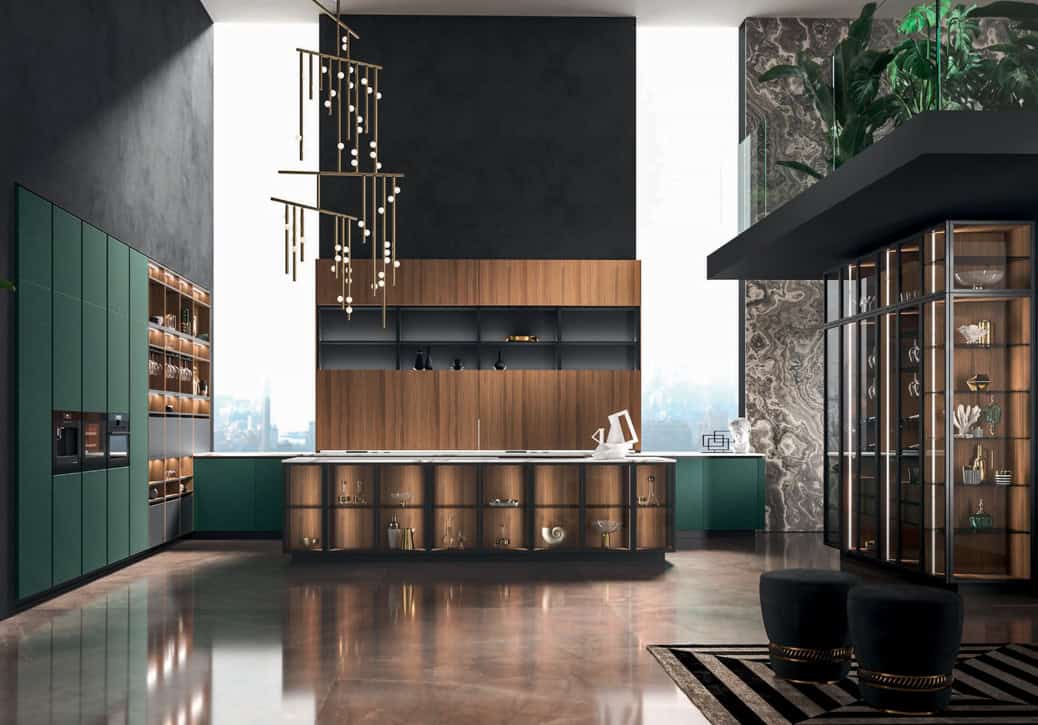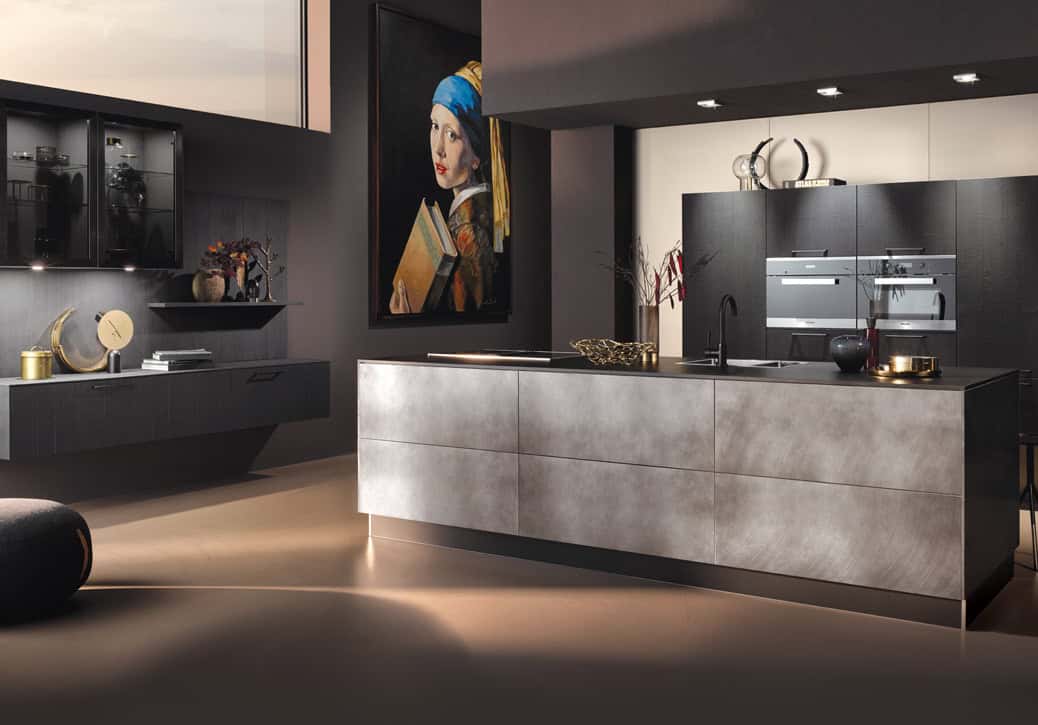The town with the cleanest air in the world
In Svalbard, a Norwegian archipelago in the Arctic Ocean, there’s a village where the atmosphere is ultra-clean, Wi-Fi is banned, and all buildings go unlocked in case you need to hide from polar bears.
The town of Ny-Ålesund is a tiny settlement with a population of 45 in the depths of winter and up to 150 at the height of summer. It is the northernmost settlement in the world, situated 1,231km from the North Pole. The town’s residents are largely scientists who work for the Zeppelin Observatory, a crucial site for measuring greenhouse gas levels that are driving climate change.
It is perhaps one of the best places on the planet to take a breath- situated far from major sources of pollution in the almost untouched Arctic environment. However, in the sky and landscape, the residents of
Ny-Ålesund are witnessing the hall-marks of our changing world and signs that the air quality is worsening. Atmospheric currents carry air from Europe and North America, bringing pollution from these regions and there are growing levels of microplastics in snow samples in remote regions of the Arctic.
It isn’t always bad news. They have also seen levels of heavy metals such as lead and mercury decreasing, largely due to tightening rules on the burning of waste and industry.
For now, they can still breathe deeply knowing that the air they are inhaling is a rare and precious resource.
By By Anna Filipova
Source: bbc.com
Security guards moonlight as curators
The Baltimore Museum of Art (BMA) invited a group of unlikely curators
to organize an exhibition. The institution tapped 17 guards from its security
department to collaborate with leadership and staff, together they selected works for a show aptly titled “Guarding the Art.” The exhibit launched in early 2022.
Working with an art historian and curator, the officers picked to participate present unique curatorial perspectives. Many of the officer-curators are engaging in other pursuits and have life experiences outside of the art world; they used their backgrounds to guide their choices.
Kellen Johnson has been a guard at the BMA for nearly nine years, and he’s also pursuing a vocal performance degree. Music informed his choice. “I asked myself, ‘If these paintings could sing, what would they sound like?’” Artist Hale Woodruff’s 1928 painting entitled Normandy Landscape sang Mozart to him. “Made me think about walking along a row of trees on a darkish day.”
Traci Archable-Frederick, a veteran employed at the BMA since 2006, wanted her choice to reflect “the ongoing protests and racial tensions in the U.S.” She selected a 2021 piece by Mickalene Thomas called Resist #2. It features glitter alongside an American Flag adorned with the words “I can’t breathe.” The composition also includes the face of the author James Baldwin. “Everything I want to say is in this piece,” Archable-Frederick said.
By Sara Barnes
Source: mymodernmet.com
The perfect piece of chocolate
We like some foods, and dislike others. Of course, the way that food tastes is important, but mouthfeel, and even the sound that food makes when we bite it, also determines whether we enjoy the eating experience. Researchers from the University of Amsterdam, Delft University, and Unilever, demonstrated that the mouthfeel of an edible substance can be designed, just like properties of many other materials can. That is: they create metamaterials, materials that are not found in nature but that are carefully constructed in the lab. Their building material of choice is not wood, concrete or glass—they build their materials from chocolate.
Most people enjoy the experience of food crackling down in their mouths—the more cracks, the better. Researchers found that with a well-chosen mathematical model, they can optimize certain shapes of chocolates with respect to, for example, their resistance to break when bitten from certain directions. Having shown that such an experience can be designed, the researchers tried some different structures, searching for a structure where the number of cracks can be ‘programmed’ into the chocolate. It turns out that spiral-shaped chocolate metamaterials have quite interesting and tunable properties.
The design of edible metamaterials has never been studied before. The new research opens the door to ways to design foods that are enjoyable to eat- and more generally, to design materials that optimize the interaction between humans and matter.
By the University of Amsterdam
Source: Soft Matter

